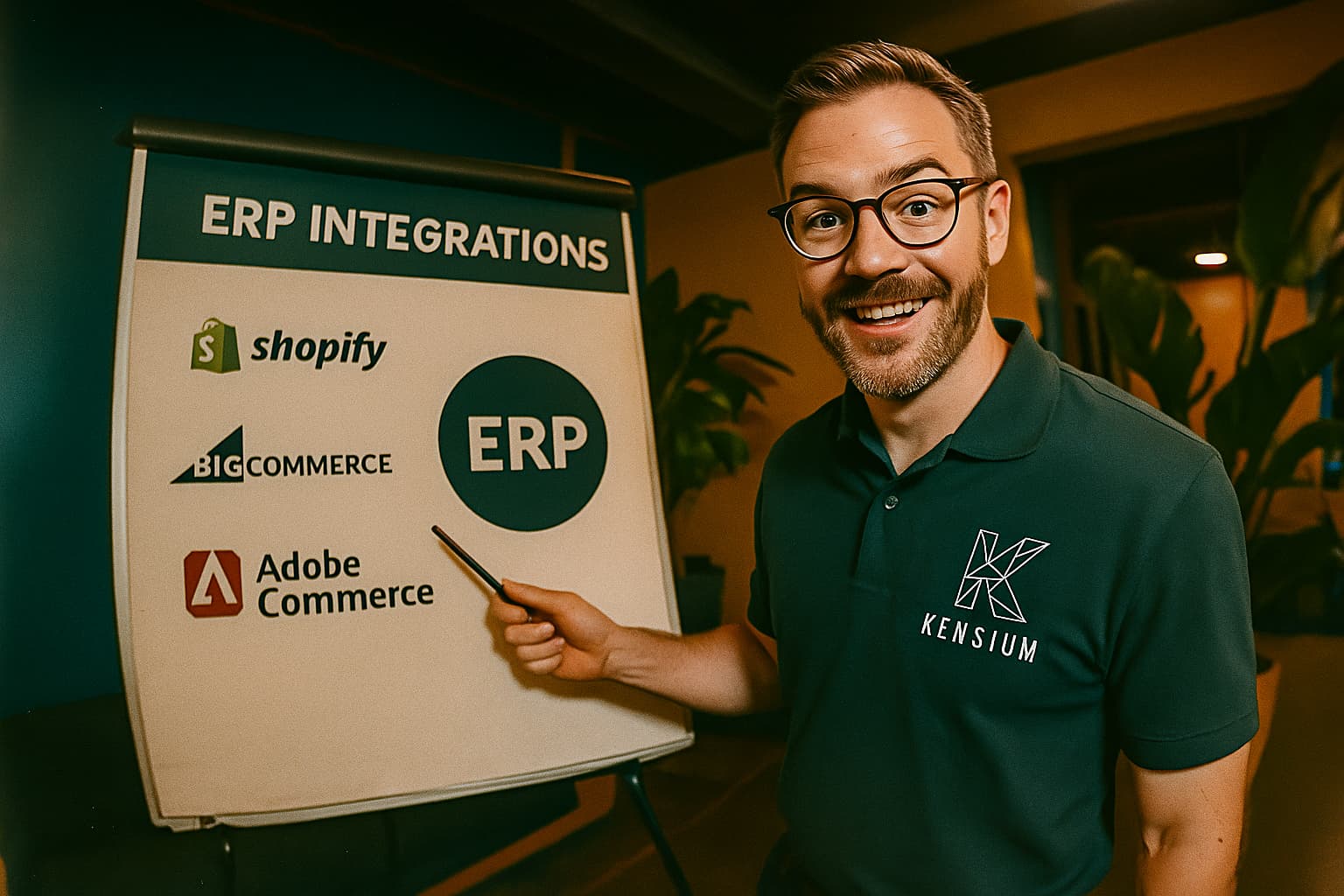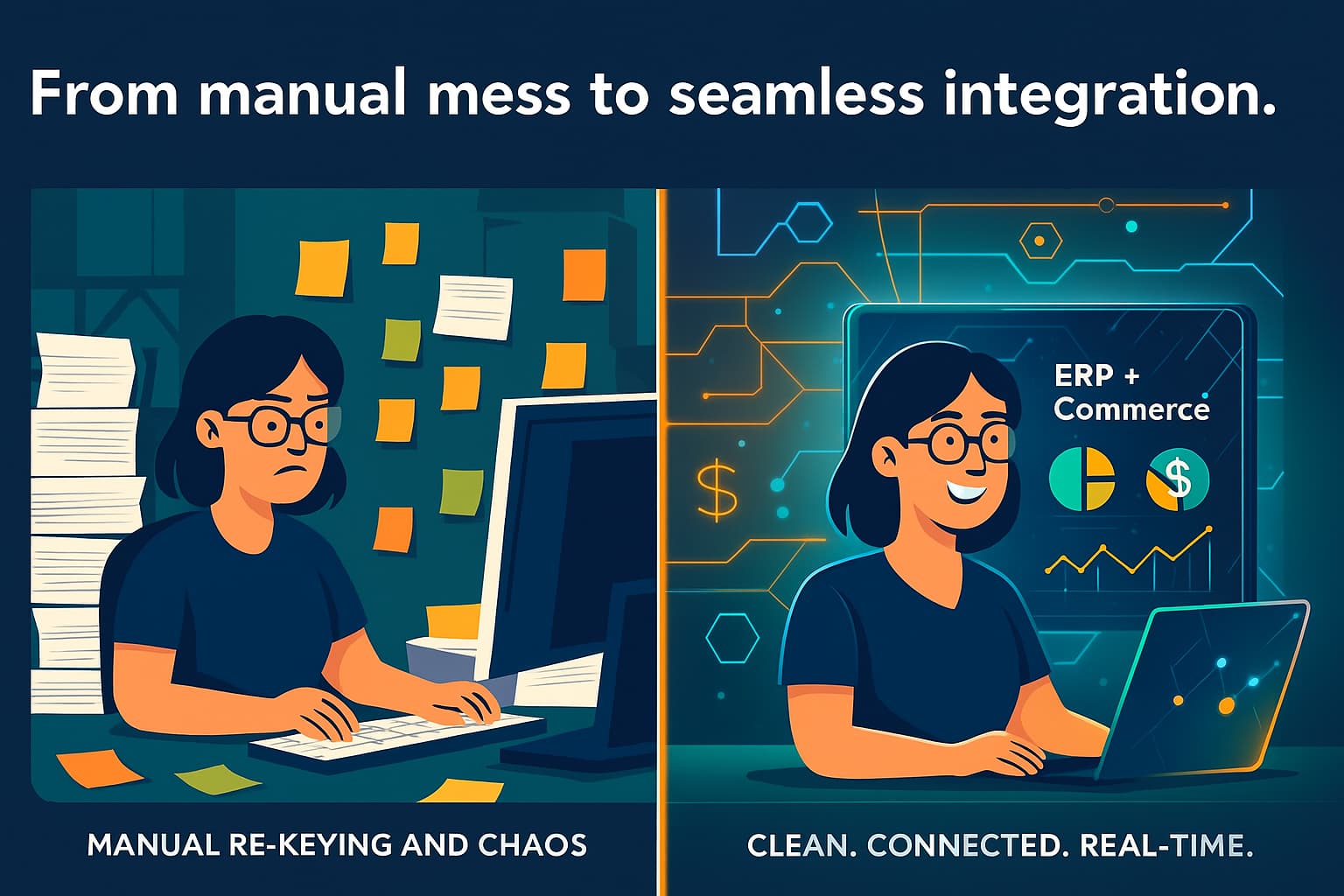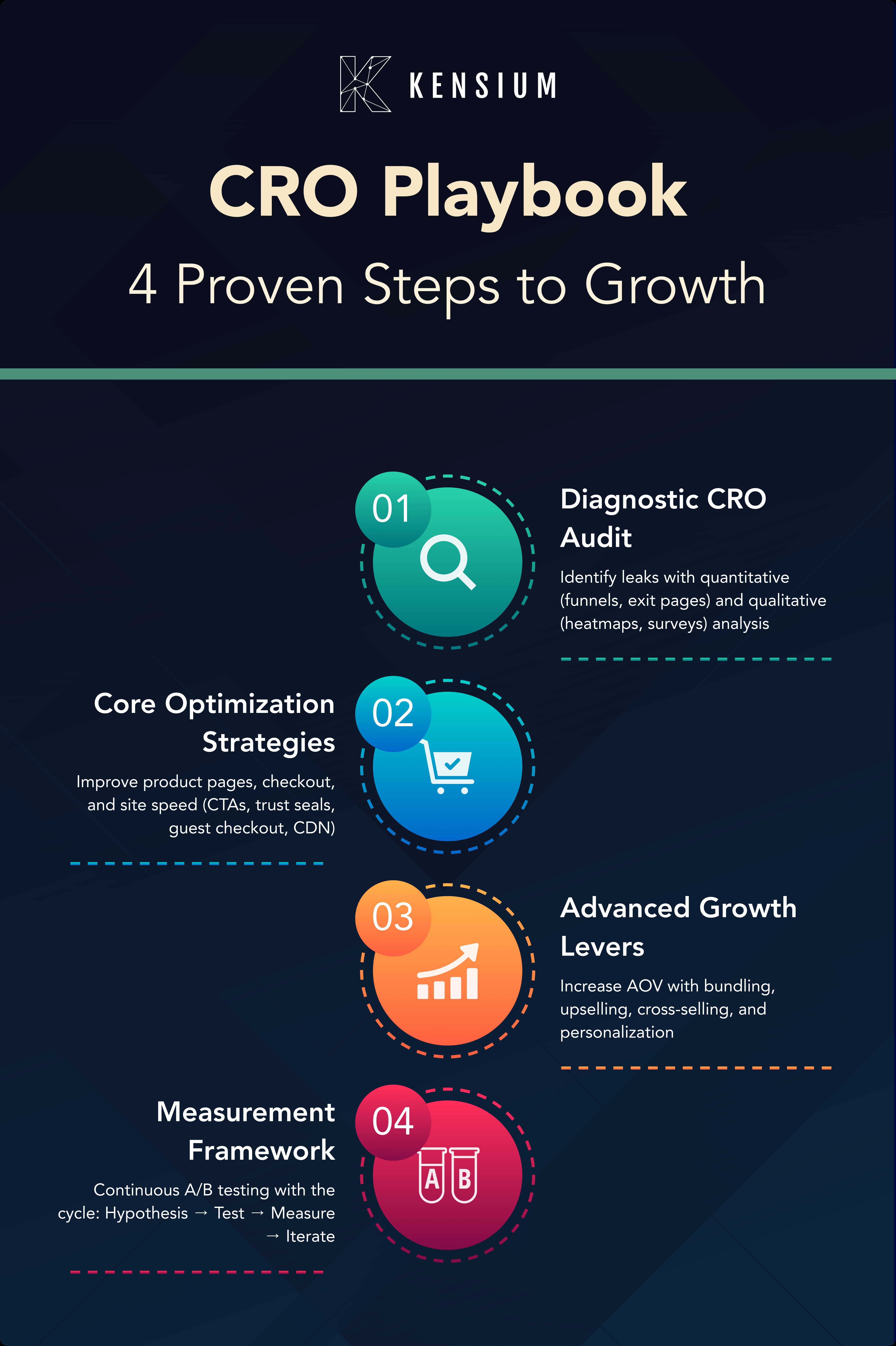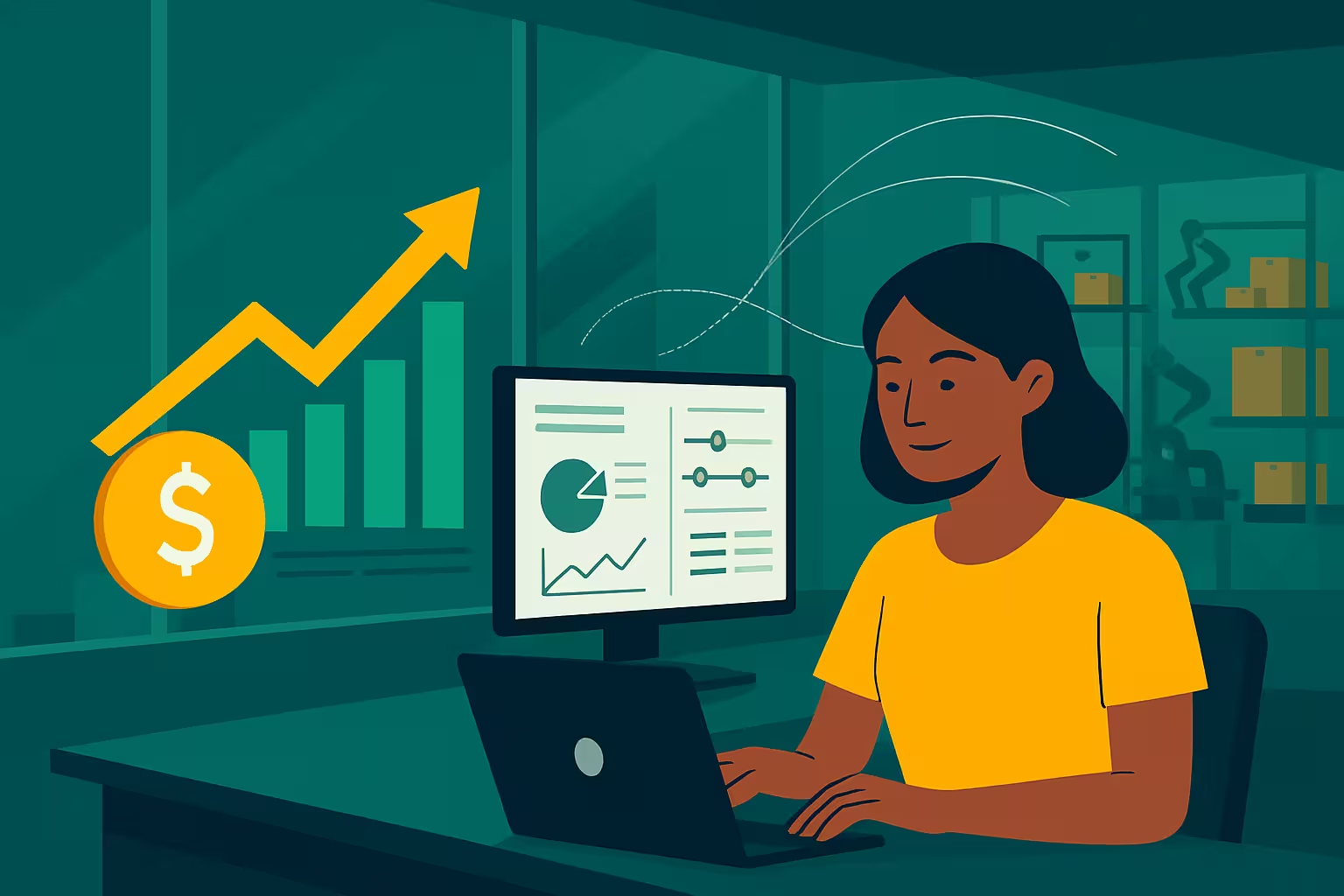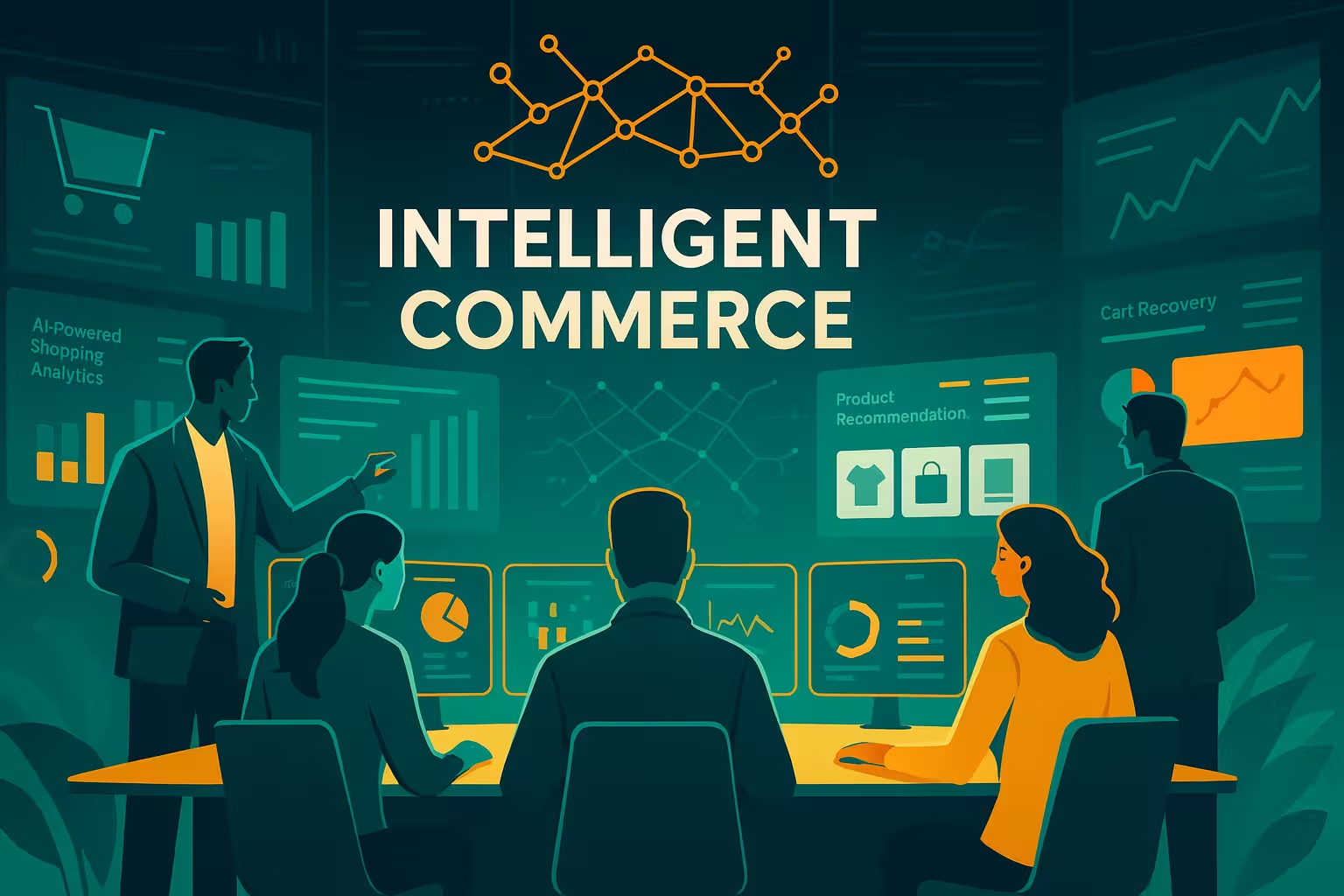
Ecommerce improves efficiency and productivity in many areas and industries. In the last decade, ecommerce and digitizing your business have gotten a lot of attention. New opportunities arise daily thanks to the intense growth of new Internet landscape creation (metaverse) and Internet users around the globe.
We’ve known about ecommerce for retail and distribution, but B2B companies have been a bit slower to take on digital sales. However, global B2B ecommerce players like Amazon, Mercateo, Global Sources, and Walmart adopted ecommerce early and ramped up quickly. As a result, more and more B2B ecommerce companies are tapping into the global commerce market. As a result, B2B online sales made $12.2 trillion in 2019 alone. However, suppose you’re just getting started in the B2B ecommerce market or do not see the profits you expected. In that case, three top barriers prevent the growth you need to stay competitive in this challenging digital marketplace.

Barrier 1: Lack of Technical Knowledge
No, you don’t have to become a tech company, but you must understand the type of technology necessary to continue growing your business. Delays occur and result in loss of income, unhappy customers, and inefficient operations by not taking advantage of technology. To overcome B2B online sales challenges, a full tech stack built to help your business grow is critical. Some essential parts of this tech stack are:
- Customer Relationship Management (CRM) System
- Data Analytics Tools
- Content Management System (CMS)
- Sales Automation Software
- Shipping Management System
- Payment Method System
That sounds like a big list, right? It is, and additional components are needed to meet your unique needs based on your business model. It’s critical to embrace new sales enablement tools, applications, and practice using virtual communication and other technology-driven solutions. Understanding your business's best practices for a full tech stack is critical to reaching new prospects and retaining current customers.

Barrier 3: Long Sales Cycles
It’s no secret that the average B2B sales cycle is longer than B2C sales. This is because the purchases are more complex, and more decision-makers are involved. As a result, sometimes, a prospect sits at the top of your sales funnel for a few months before advancing to the next state. When this happens, you must balance moving potential buyers down the sales funnel and not coming across as pushy during the process.
It's all about building trust, creating long-term relationships, nurturing potential customers down your sales funnel, and encouraging them to take the leap and make a purchase. With the right technology, you can create marketing automation to communicate with the prospect regularly. Personalizing and making contact regularly is an efficient way to connect with prospects not ready to buy but allow your sales reps to focus on leads and accounts further along the sales process.
Barrier 2: Unsure How To Compete Online
The first two barriers are mainly technical but competing online is strategic. B2B businesses who haven’t fully committed to their web presence or have no ecommerce business experience at all may feel overwhelmed and intimidated when defining a digital strategy. Even more stressful is creating your digital goals. With more and more B2B companies increasing their own ecommerce market share, it’s critical to define your online presence, create a digital strategy, and set digital goals.
Taking Control Of Your Strategy
While you may not have the goal of competing with the ecommerce giants like Amazon and Walmart, there’s still plenty of competition no matter your industry. So understandably, you may feel like the odds are stacked against you. But there are things you can do to increase your online market share and establish yourself as an industry leader.

Sell With A B2C Strategy
B2C customers journey through a brand and are wooed by feeling how much the brand cares about their needs and aspirations. You can create the same experience for your B2B customers. After all, B2B customers are B2C customers when they aren’t interacting with B2B brands. Whether it’s complex orders, shipment issues, or payment struggles, they can be solved in an easier and more engaging way. Creating tools for customers and alleviating their concerns and struggles makes procurement easy. Your B2B products may be dry and less flashy than B2C products, but that’s no reason to abandon personalized buyer journeys through your website, marketing, and customer service strategies.
Highlight Your Strengths
It’s natural for businesses to lower prices to try and remain competitive, but continuously lowering prices won’t give you sustainable growth. Instead, take a step back and look at what you do well and how you want to be seen in your market. Once you define that goal, you can find the right B2B ecommerce platform to boost your goals. Then, use your strengths to determine how you rise above the competition. Your strengths may lie in fantastic customer service, seamless checkout processes, or after-purchase training and support. Be sure there are many other things you may identify as strengths, and with the right technology, you can communicate these strengths and attract B2B buyers to your company.
Always Be Evolving
The first step in successful B2B commerce is adopting digital processes that elevate your brand. However, there are multiple moving parts to creating a holistic ecommerce presence. Continual improvement is vital to fulfill customer expectations and keep your business ahead of the competition. Some of the ways you can expand your digital presence and engage B2B customers are:
- Include omnichannel marketing
- Participate in online marketplaces
- Provide contextual, real-time pricing
Trends are constantly changing and shifting, deploying business strategies and using the right technology keeps you on the cutting edge of your market and increases growth.
Find The Right Technology
B2B companies have complex business needs and require an ecommerce platform that integrates all the operations and processes necessary for day-to-day tasks. B2B companies manage hundreds of thousands of products and projects and have unique order processes and payment terms. Having a cutting-edge tech stack to provide the functions you need now, and the ability to handle your needs as you grow is crucial to staying competitive and increasing revenue.
When you’re ready, Kensium is here to help. We are the industry leader in combining your frontend website with your backend operations through an ERP. Our experienced and dedicated project managers, developers, and engineers have one focus – creating a holistic business solution in one system. We partner with BigCommerce, Adobe Commerce, and Acumatica ERP to provide you with the solutions you need and help your business rise above the competition. So send us a message and let us know how we can help.








.png)












